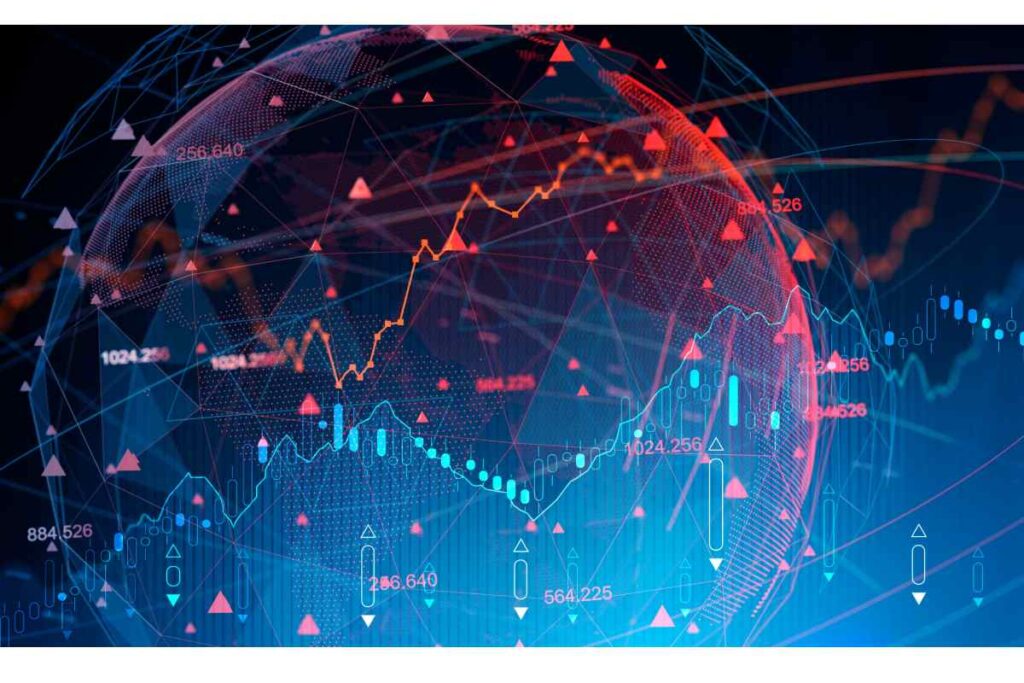Today, organizational boundaries are no longer limited by physical walls Attack Surface Management. Every connected device, application, cloud service, and third-party partnership contributes to a company’s attack surface—essentially, the sum of all the points cybercriminals can strike. As these attack surfaces expand, companies face increasing challenges in protecting their assets. This is where Attack Surface Management (ASM) becomes a vital cybersecurity strategy.
By providing real-time visibility and proactive monitoring, attack surface management enables organizations to identify vulnerabilities, manage risks, and strengthen their defences in an increasingly connected world.
What is attack surface management?

Attack surface management (ASM) is the ongoing process of identifying, assessing, prioritizing, and remediating vulnerabilities in an organization’s digital environment. This includes identifying assets such as servers, applications, cloud instances, APIs, and devices that may be exposed to potential cyber threats. Unlike traditional incident-responsive security methods, ASM focuses on proactive monitoring and reducing the attack surface to minimize the risk of breaches.
ASM is a technology, process, and practice that ensures an organization knows its ever-changing attack surface. This makes ASM a critical component of modern cybersecurity strategies.
Benefits of attack surface management
Organizations that implement a robust attack surface management solution experience significant benefits such as:
Increased Visibility: ASM provides a comprehensive view of all internal and external assets, ensuring no digital entry point is overlooked. Proactive risk mitigation: By continuously monitoring the attack surface, organizations can identify and mitigate vulnerabilities before they are exploited.
Enhanced vulnerability management: Integration with vulnerability management tools helps you prioritize and remediate vulnerabilities more effectively.
Better Compliance: Many industries require strict security measures. ASM helps organizations meet these requirements by ensuring their attack surface is well-managed.
Cost savings: Preventing breaches with proactive ASM is much more cost-effective than dealing with a cyberattack.
The Importance of Monitoring the Cyber Attack Surface
Monitoring the cyber attack surface is critical because it lets organizations detect vulnerabilities and misconfigurations in real time. With the increasing complexity of IT environments driven by cloud adoption, remote work, and third-party integrations, monitoring every aspect of the attack surface has become necessary. Neglecting this can lead to:
Data leaks: Confidential information can be exposed if attackers exploit unchecked vulnerabilities.
Business disruptions: Cyberattacks often cause downtime, impacting business operations and revenue.
Reputational damage: Customers lose trust in organizations that don’t protect their data.
By investing in attack surface management services, companies can avoid emerging threats and protect their digital assets.
Reducing the cybersecurity attack surface

Reducing the attack superficial is a key goal of any attack surface platform. Here are some recommendations for achieving this goal:
- Asset Inventory and Classification: Identify and classify all digital assets to understand what needs protection.
- Regular Vulnerability Scanning: Perform frequent scans to identify and address weaknesses.
- Implement least privilege: Restrict access to systems and data based on roles to reduce the risk of insider threats.
- Continuous monitoring: Use external attack surface management tools to monitor exposed assets and vulnerabilities in real-time.
- Patch management: Updating software and systems regularly to address known vulnerabilities.
- Third-Party Supplier Risk Management Solutions: Ensure suppliers and partners adhere to security standards to minimize supply chain risks.
The role of external attack surface management tools
External assets such as public websites, APIs, and cloud instances are prime targets for attackers. External attack surface management tools help organizations:
Detect shadow IT and unmanaged assets.
Identify incorrect configurations in external systems.
Monitor for unauthorized changes or impacts.
Receive information about potential third-party risks.
These tools form the foundation of any effective ASM strategy, offering automated and scalable solutions to combat an ever-expanding attack surface.
Choosing the Right Attack Surface Management Tool
Selecting the right attack management product is essential to achieving optimal results. When evaluating an ASM solution, consider the following:
- Comprehensive asset discovery: The tool should provide visibility into all assets, including hidden or forgotten ones.
- Integration capabilities: It should easily integrate with security tools like SIEM, SOAR, and vulnerability scanners.
- Real-time monitoring: Ensure the tool provides continuous monitoring to detect threats quickly. User-friendly interface: A simple and instinctive interface simplifies security teams’ work.
- Scalable: Choose an answer that can grow with your organization’s needs.
Working with an experienced attack surface management company can help tailor an answer to your unique requirements.
Attack Surface Management vs. Vulnerability Management
Although both ASM and vulnerability management are aimed at reducing cyber risks, they address different aspects of security:
ASM: Focuses on identifying and monitoring all assets that contribute to the attack surface.
Vulnerability Management: Prioritizes and remediates specific vulnerabilities in systems and applications.
Combining these two methods provides a more holistic defence strategy, minimizing the likelihood of successful cyberattacks.
The Role of ASM in Supply Chain Risk Management

Supply chains are often the weakest links in an organization’s security posture. Attackers target third-party providers to gain access to more extensive networks. By incorporating supply chain risk management into ASM practices, organizations can:
Identify risks associated with third-party providers.
Monitor vendor compliance with security standards.
Reduce the likelihood of supply chain attacks with continuous monitoring.
Third-party risk management solutions are essential to achieve this goal and ensure supply chain resilience.
ASM Services and Platforms
Organizations often rely on attack management services to solve complex monitoring problems and reduce their attack surface. These services typically include comprehensive assessments, managed solutions, and advanced tools to automate and streamline cybersecurity processes.
For example, companies like Cyble focus on protecting digital assets by providing extensive attack surface management capabilities. This includes protecting web and mobile applications, cloud devices, domains, email servers, IoT devices, and public code repositories. Such platforms emphasize proactive monitoring and actionable insights, ensuring businesses stay one step fast of potential threats.
A practical attack management platform acts as a central hub, allowing organizations to prioritize risks, integrate solutions such as vulnerability management, and comprehensively protect their digital ecosystem.
Conclusion
Organizations can proactively protect their assets by investing in the right attack surface platform, using external attack surface management tools, and working with experienced attack surface management companies. ASM is not just about risk reduction; it’s about building trust, ensuring business continuity and creating resilient defences against emerging threats. As companies seek to secure their digital boundaries, ASM is critical for a secure and sustainable future.


